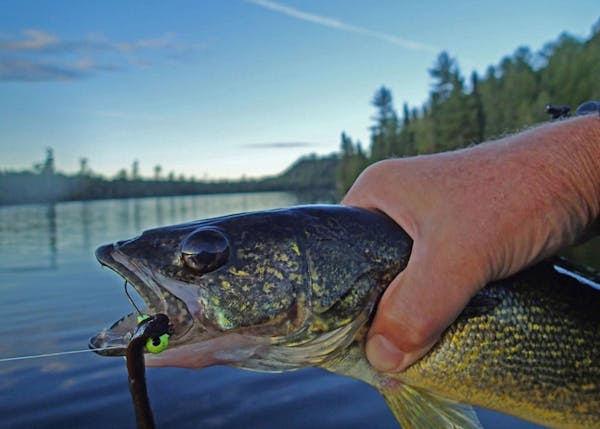Powerful insecticides are turning up in deer in nearly every corner of Minnesota, raising concerns that the ubiquitous chemicals may be keeping fawns from surviving to maturity or harming deer reproduction.
Neonicotinoids, known for their devastating effects on pollinator populations across the continent, are typically applied to row crops and household lawns. But the Minnesota Department of Natural Resources (DNR) recently found evidence of them inside deer in the state's deepest and most remote forests.
The DNR tested 800 deer spleens sent in from hunters over the past two years and found buildup of neonicotinoids in 61% of them, the agency announced Monday.
The wide range of where the chemicals were found "was a surprise to us," said Dave Olfelt, director of the DNR's Fish and Wildlife Division.
More research is needed to determine if insecticide concentrations are high enough to threaten individual deer, said Michelle Carstensen, the DNR's wildlife health program supervisor. But early numbers show that neonicotinoid levels are at or above thresholds known to impact fawn survival, she said.
Tests to determine the exact levels found in the spleens are underway and should be finished in the next month or two, Carstensen said.
"I think we have lots of work yet to do to understand what's going on in this system," she said.
Neonicotinoids, which have been banned in Europe because the harm they cause pollinators, are the most commonly used pesticides in the Upper Midwest.
Nearly all corn and most soybean fields in Minnesota are treated with them. Most of the insecticides used on crops, between 80% and 98%, are eventually released into the wider environment. The chemicals leach into groundwater, are carried through runoff into rivers and lakes, and are lifted into the air and carried to remote regions in dust particles.
In 2019, researchers in South Dakota found that neonicotinoids were harming the development of reproductive organs in captive whitetail deer. Fawns with higher concentrations in their bodies were less likely to survive. Those that did survive were stunted, with smaller body weights and shorter jaw bones. The more neonicotinoids found in both adult and juvenile deer, the less active they were, the study found.
The DNR began its study in response to the findings from South Dakota, to see how prevalent neonicotinoids are in wild deer.
While the exact levels of neonicotinoids building up in deer still have to be determined, early indications are that they pose no threat to human health, said Jim Kelly, manager of environmental surveillance and assessment at the Minnesota Department of Health.
Safety thresholds of neonicotinoids in crops and beef are between 300 and 500 parts per billion, Kelly said. Minnesota's deer seem to be testing around 10 parts per billion, he said.
"I don't have any concerns at all about hunters being exposed to these low levels," he said.
Greg Stanley • 612-673-4882

Rep. Ilhan Omar's daughter arrested, suspended from college for pro-Palestinian protests
Hopkins parents charged in 9-year-old daughter's deadly asthma attack

Back to blue: Lake Harriet Band Shell renovation almost finished

